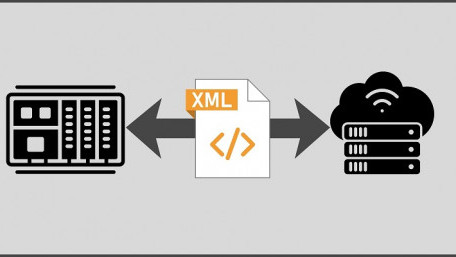
The basic component of data exchange between devices, machines, and embedded systems serves as a hallmark foundation in every organization’s Industry 4.0…
The basic component of data exchange between devices, machines, and embedded systems serves as a hallmark foundation in every organization’s Industry 4.0 implementation process.
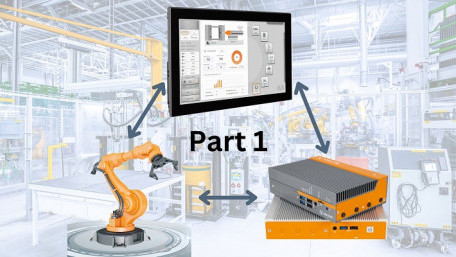
A walkthrough and discussion of a simple web-based HMI solution that could modernize your current HMI technology stack.…
A walkthrough and discussion of a simple web-based HMI solution that could modernize your current HMI technology stack. The first step in the process involves sending data from a device to a server.
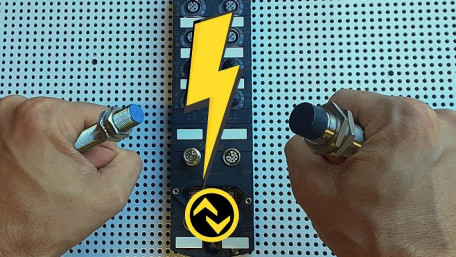
Control.com’s Director of Engineering got to explore IO-Link sensors and what he found might surprise you! Although…
Control.com’s Director of Engineering got to explore IO-Link sensors and what he found might surprise you! Although still considered an “emerging” technology, it’s clear IO-Link technology boasts several bonafide benefits over traditional sensors.

Understanding the building blocks of s-domain analysis and magnitude response theory can go a long way in helping…
Understanding the building blocks of s-domain analysis and magnitude response theory can go a long way in helping engineers predict how and why some system design choices are made over others.
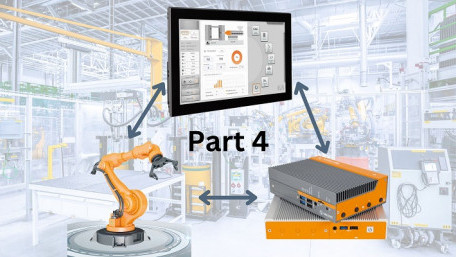
Refining and integrating a front-end HMI application to an API middle layer with real-time data display and historian…
Refining and integrating a front-end HMI application to an API middle layer with real-time data display and historian capabilities for short-term data visualization.
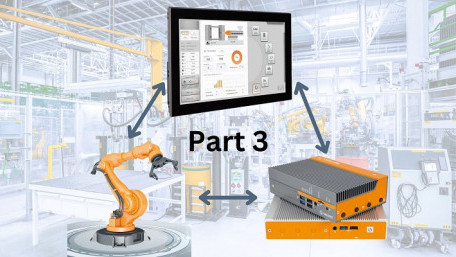
Learn the first steps in focusing on the integration of a front-end HMI application to an API middle layer.
Learn the first steps in focusing on the integration of a front-end HMI application to an API middle layer.
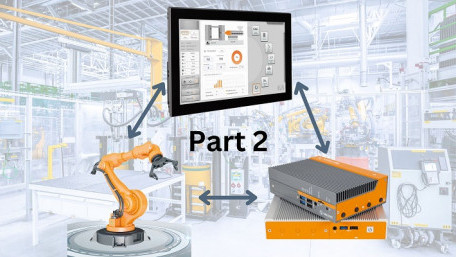
The middle layer, or API layer of a custom-built HMI project involves a server that can submit or receive data to and…
The middle layer, or API layer of a custom-built HMI project involves a server that can submit or receive data to and from a device, either to provide the user interface or interact with the machine.
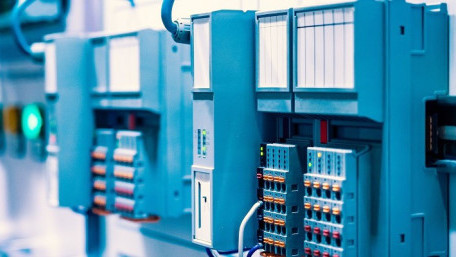
User-defined data types (UDTs) are a powerful and useful tool when applied to their full advantage. However, misused,…
User-defined data types (UDTs) are a powerful and useful tool when applied to their full advantage. However, misused, they can become problematic and introduce roadblocks to troubleshooting and upgrading PLC programs.
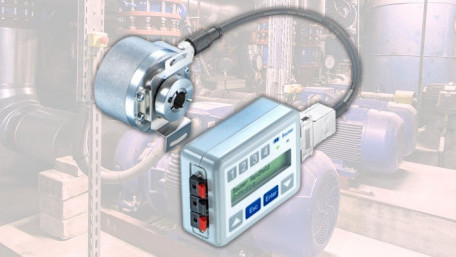
Programmable encoders provide engineers real flexibility to adjust process parameters. From operating theory to…
Programmable encoders provide engineers real flexibility to adjust process parameters. From operating theory to programming methods, here’s everything you need to know to begin leveraging these handy devices.
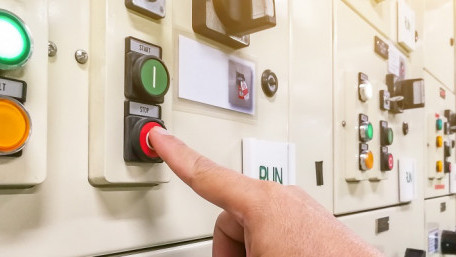
Driving motors is one of the most fundamental automation tasks, but understanding and selecting the proper motor soft…
Driving motors is one of the most fundamental automation tasks, but understanding and selecting the proper motor soft starter for your application may require more investigation than you thought.
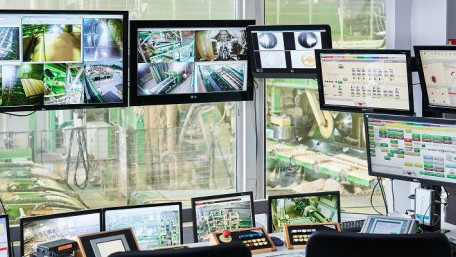
What are these terms, PLC, PAC, RTU, DCS, SCADA? Why are they so important to industrial robotics and automation? Explore…
What are these terms, PLC, PAC, RTU, DCS, SCADA? Why are they so important to industrial robotics and automation? Explore how each different piece functions to build a comprehensive automated system.
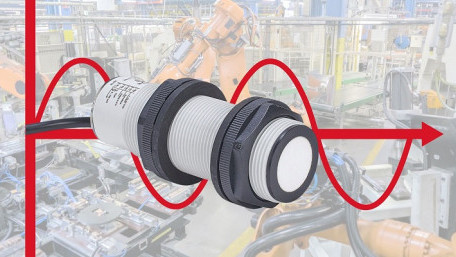
Many articles address the wiring and implementation of analog control signals, but where are they used, and what might…
Many articles address the wiring and implementation of analog control signals, but where are they used, and what might make them a better (or perhaps worse) decision than digital input/output devices?
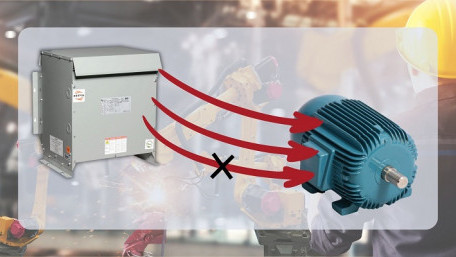
Using the right motor for the right task is critical - but what happens if the motor is connected to the wrong supply? It…
Using the right motor for the right task is critical - but what happens if the motor is connected to the wrong supply? It is never recommended, but important to quickly understand symptoms of incorrect wiring.
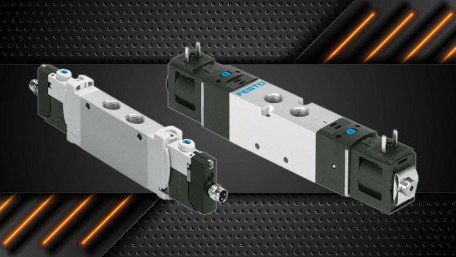
Directional control valves (DCVs) come in many shapes and sizes for pneumatic and hydraulic applications. Learn to…
Directional control valves (DCVs) come in many shapes and sizes for pneumatic and hydraulic applications. Learn to distinguish the different configurations and the meaning of external markings.
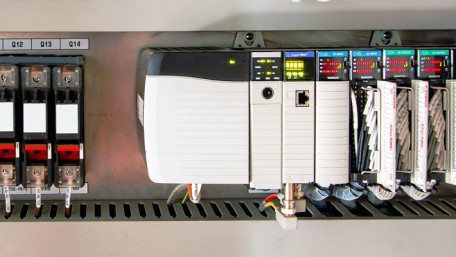
Digital signals hold a prominent position due to their compatibility with computers. But what are digital signals, and…
Digital signals hold a prominent position due to their compatibility with computers. But what are digital signals, and what are some examples of the various devices used with digital inputs and outputs?
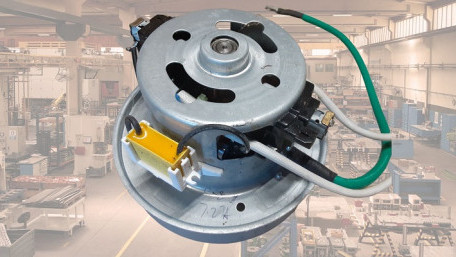
Single-phase motors are common in household and small industrial devices. They are a bit more complex than 3-phase…
Single-phase motors are common in household and small industrial devices. They are a bit more complex than 3-phase models, so it’s important to recognize failure modes and common symptoms.
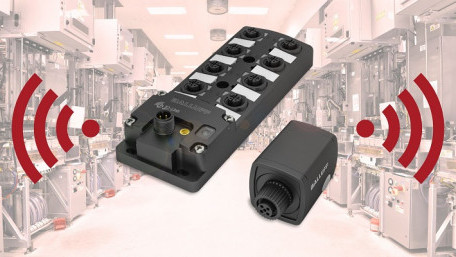
Wireless technology is typically slower to adoption for industrial automation, but what wireless advancements are shaping…
Wireless technology is typically slower to adoption for industrial automation, but what wireless advancements are shaping the current and future landscape of the automated factory floor?
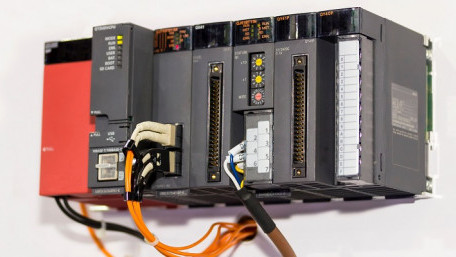
Structured Text (ST) is one of the common IEC programming languages that can be used in programming PLCs. Learn how to…
Structured Text (ST) is one of the common IEC programming languages that can be used in programming PLCs. Learn how to use structured text to write executable programs for MELSEC’s FX series PLC.
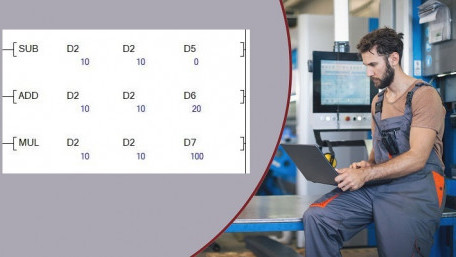
Mathematical operations are essential in PLC programming as they help in creating an argument output that is based on…
Mathematical operations are essential in PLC programming as they help in creating an argument output that is based on proportionality and numbers. Learn how to implement mathematical operations in FX and Q Series PLCs.
Industrial robots are becoming safer and more economical by utilizing safety signals over Ethernet networks via CIP…
Industrial robots are becoming safer and more economical by utilizing safety signals over Ethernet networks via CIP safety technology.
